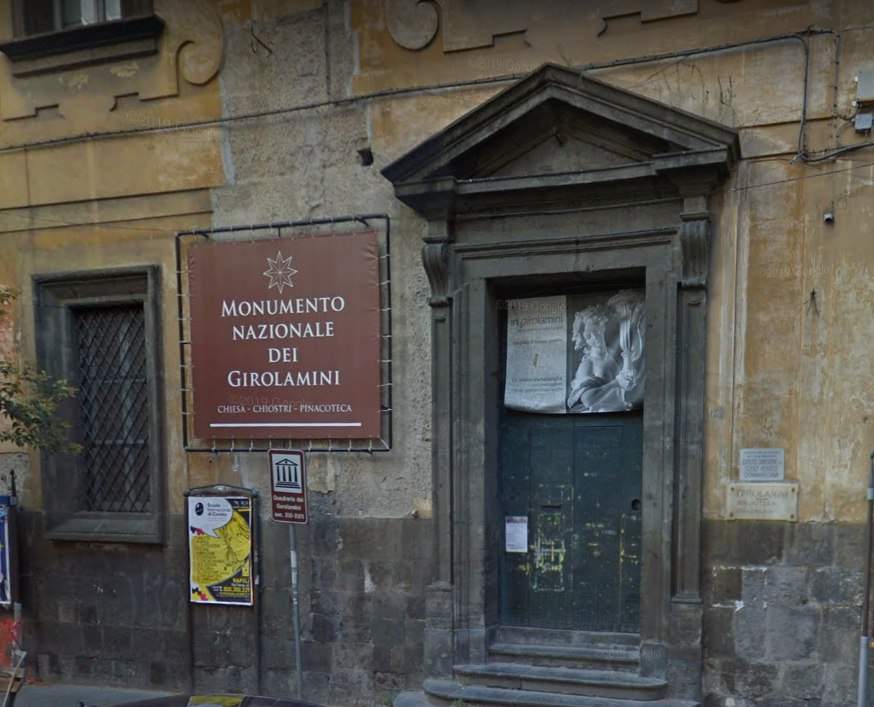Museums, still closed 3 out of 10. Situation also difficult for workers
Exactly two months after museums reopened last May 18, one-third of Italy’s state museums are still closed, inaccessible to the public as of today, July 18. This is denounced by the association Mi Riconosci? I am a cultural heritage professional, which points out that the situation is far from ordinary. The scenario of reopenings is very jagged: new reopenings are established from week to week without there being a precise calendar, and it is very difficult reading for the public, since each museum makes its own history. Differences also in schedules, flows at the entrance, routes, management methods, communication with the public.
And we are also talking about top-notch places: only in Emilia Romagna (the worst-off region, with 18 museums closed out of 26) still barred doors at the Camera di San Paolo in Parma, the Archaeological Museum in Sarsina, the National Etruscan Museum and the archaeological area of Kainua in Marzabotto, the Casa Romei Museum in Ferrara, the Museum of the Neoclassical Age in Romagna at Palazzo Milzetti in Faenza, and the Villa Romana in Russi. In Tuscany, better in percentage but worse in absolute numbers, with 26 out of 52 museums closed, including the National Museum of Medieval and Modern Art in Arezzo, Casa Vasari in Arezzo, the archaeological area of Carmignano, the National Museum of Palazzo Reale in Pisa, and the National Archaeological Museum in Siena. Then again, the Jatta National Museum in Rovo di Puglia, the Abbey of Fruttuaria in Piedmont, the Girolamini in Naples, and many more.
In addition, the ministry does not provide orderly and clear information even with respect to the numbers of state museums and places of culture (it goes from the 600 places of culture reported by the General Directorate of Museums to just over 300 museums managed by the Regional Directorates), and the difference is dictated by several factors, including the concession of state museums entrusted to third parties and the amalgamation of several sites to some autonomous institutes, to the fact that some museums that have never opened are not entrusted to any regional directorate, but overall it notes a chaotic situation.
“From a mapping on state museums carried out between July 9 and 11, very indicative data emerges,” explains Rosanna Carrieri, one of the Mi Riconosci? activists who was in charge of collecting the data, “compared to about 330 Italian state museums, counting only those listed on the sites of the Regional Directorates and the institutes with special autonomy, still 30 percent are completely closed to the public and about sixty facilities have extremely reduced services or hours, due to staff shortages.”
And it is not only a closure for the public, but also a closure for the workers: many of them are still at home and their futures uncertain, plus communities, deprived of vital places, are tremendously harmed. Not to mention tourism, which receives the repercussions of the closure. In short: if a lot of museums were already struggling before (cwith reduced hours, days closed beyond normal, and whatnot), now the health emergency has added problem upon problem.
“The lockdown has amplified an already obvious issue that we have been denouncing for years,” adds Flavio D. Utzeri, archaeologist and activist. “It was the litmus test that demonstrated the fragility and instability of the Italian museum system. Two months after the supposed reopening of the facilities, it is more urgent than ever for the Mibact to take responsibility and provide substantial funding for culture. Otherwise, a real restart will not be possible, not only after the pandemic emergency, but after decades of cuts and hardship.”
 |
| Museums, still closed 3 out of 10. Situation also difficult for workers |
Warning: the translation into English of the original Italian article was created using automatic tools. We undertake to review all articles, but we do not guarantee the total absence of inaccuracies in the translation due to the program. You can find the original by clicking on the ITA button. If you find any mistake,please contact us.





























